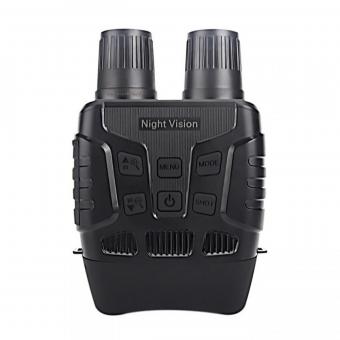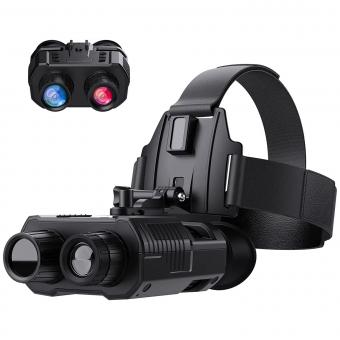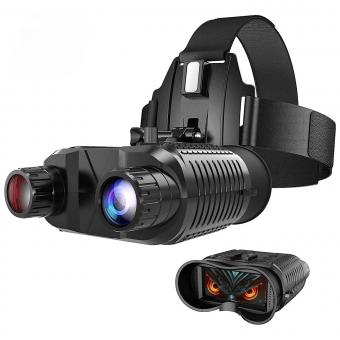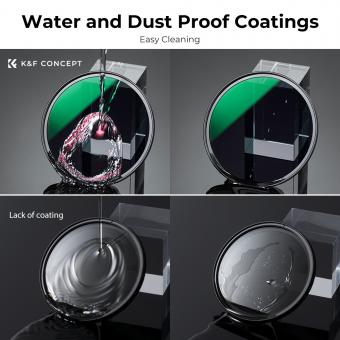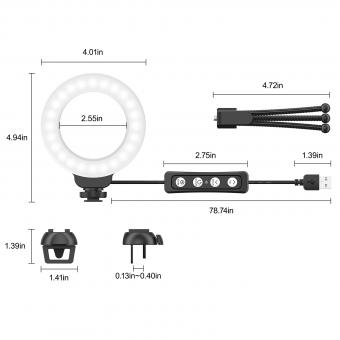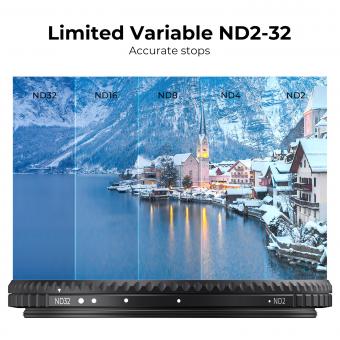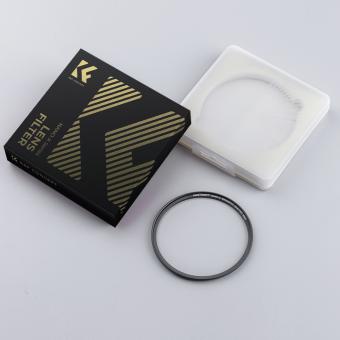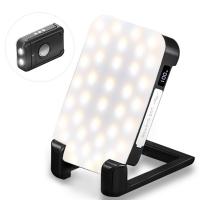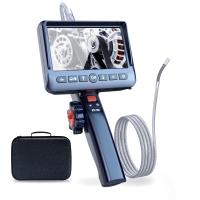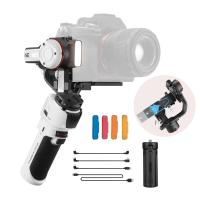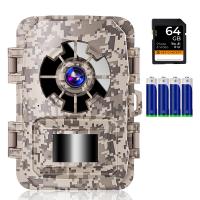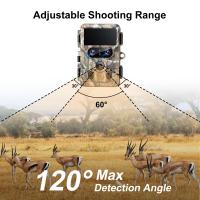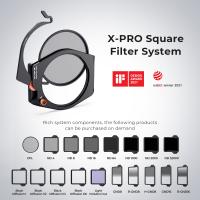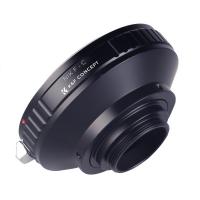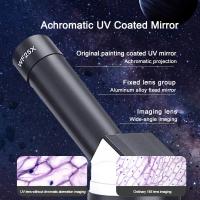Which Cameras Don't Have Infrared Filters ?
Some cameras that don't have infrared filters include modified DSLR cameras, mirrorless cameras, and some point-and-shoot cameras. These cameras are often used for infrared photography, as the absence of an infrared filter allows them to capture infrared light.
1、 "Full-spectrum cameras: Removing infrared filters for enhanced versatility."
Full-spectrum cameras: Removing infrared filters for enhanced versatility.
Full-spectrum cameras are specifically designed to capture a wide range of light wavelengths, including infrared (IR) and ultraviolet (UV) light. Unlike traditional cameras that have built-in infrared filters, full-spectrum cameras have their IR filters removed, allowing them to capture both visible and non-visible light.
By removing the infrared filter, full-spectrum cameras offer enhanced versatility for various applications. They are commonly used in scientific research, forensics, art photography, and paranormal investigations. In scientific research, full-spectrum cameras can be used to study plant health, analyze geological formations, and examine the behavior of certain animals that are sensitive to UV or IR light.
In forensics, full-spectrum cameras can help detect hidden evidence, such as bloodstains or fingerprints that may not be visible to the naked eye. The ability to capture both visible and non-visible light can provide valuable insights and aid in solving crimes.
Art photographers also utilize full-spectrum cameras to create unique and surreal images. By capturing the full spectrum of light, photographers can experiment with different filters and post-processing techniques to achieve artistic effects that are not possible with traditional cameras.
Full-spectrum cameras have also gained popularity in paranormal investigations. Some believe that spirits or other supernatural entities may be visible in the infrared or UV spectrum. By using a full-spectrum camera, investigators can potentially capture evidence of paranormal activity that would otherwise go unnoticed.
It is important to note that using a full-spectrum camera requires additional knowledge and equipment. Without the infrared filter, the camera becomes more sensitive to IR light, which can result in overexposed images. To overcome this, photographers often use external filters or modify the camera settings to achieve the desired results.
In conclusion, full-spectrum cameras, by removing the infrared filter, offer enhanced versatility for various applications. They allow for the capture of both visible and non-visible light, opening up new possibilities in scientific research, forensics, art photography, and paranormal investigations. However, it is essential to understand the technical aspects and limitations of using full-spectrum cameras to achieve optimal results.
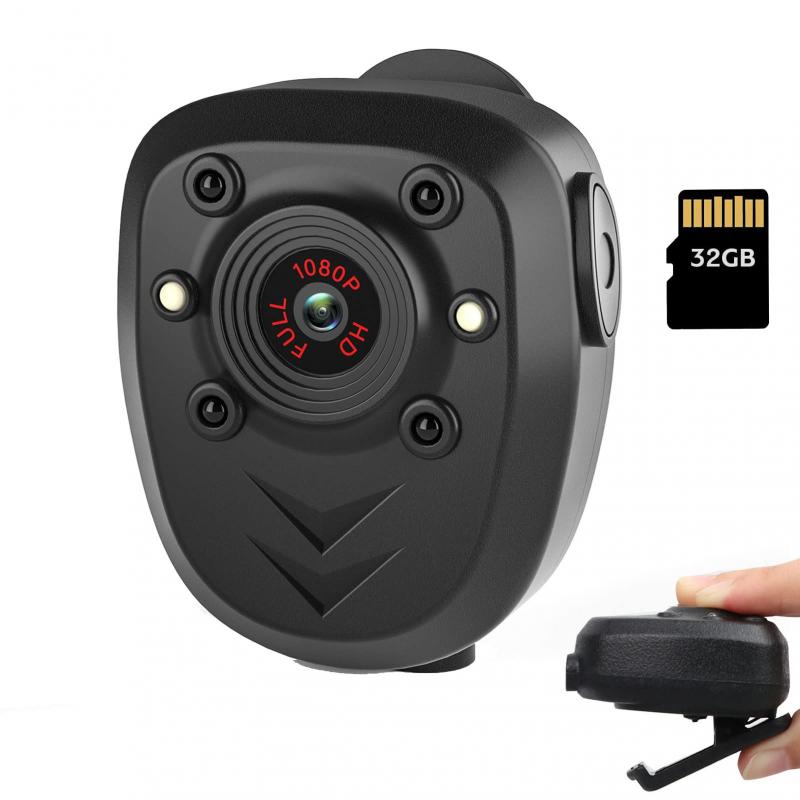
2、 "Modified cameras: Customizing infrared filter removal for specific needs."
Which cameras don't have infrared filters? Modified cameras: Customizing infrared filter removal for specific needs.
Infrared (IR) filters are commonly found in digital cameras to block infrared light from reaching the image sensor. This is done to ensure accurate color reproduction and prevent unwanted artifacts in normal photography. However, there are certain applications where capturing infrared light is desired, such as in astrophotography, surveillance, or scientific research. In such cases, modified cameras with the infrared filter removed can be used.
Modified cameras are regular digital cameras that have undergone a process to remove or replace the built-in infrared filter. This modification allows the camera to capture a wider range of light, including infrared wavelengths. The process involves disassembling the camera and physically removing the filter or replacing it with a filter that allows infrared light to pass through.
There are several options available for modifying cameras. Some companies offer pre-modified cameras specifically designed for infrared photography. These cameras have the infrared filter removed or replaced with a filter that allows a specific range of infrared light to pass through. Alternatively, camera owners can choose to have their existing cameras modified by professional camera technicians.
It is important to note that modifying a camera can void its warranty and may require technical expertise. Additionally, modified cameras may not perform as well in normal photography as the removal of the infrared filter can affect color accuracy and introduce artifacts. Therefore, modified cameras are typically used for specific applications where capturing infrared light is the primary objective.
In recent years, there has been a growing interest in modified cameras for artistic purposes. Infrared photography can produce unique and surreal images, with foliage appearing white and the sky taking on a dark, dramatic tone. This has led to an increase in the availability of modified cameras and the development of infrared-specific camera models.
In conclusion, modified cameras are the answer to the question of which cameras don't have infrared filters. These cameras have undergone a process to remove or replace the infrared filter, allowing them to capture infrared light. They are used in various applications such as astrophotography, surveillance, scientific research, and artistic photography. However, it is important to consider the limitations and potential drawbacks of modified cameras before making a decision.

3、 "IR conversion cameras: Dedicated devices for infrared photography."
Which cameras don't have infrared filters? IR conversion cameras: Dedicated devices for infrared photography.
Infrared (IR) photography is a fascinating genre that captures light beyond the visible spectrum, resulting in unique and surreal images. To achieve this, traditional cameras need to be modified by removing or replacing the infrared filter that blocks IR light. Cameras that have undergone this modification are known as IR conversion cameras.
IR conversion cameras are specifically designed for infrared photography, and they do not have the standard infrared filter found in regular cameras. This filter blocks most of the infrared light, allowing only visible light to pass through to the sensor. By removing or replacing this filter, IR conversion cameras become sensitive to infrared light, enabling photographers to capture stunning IR images.
There are two main types of IR conversion cameras: full spectrum and specific spectrum. Full spectrum conversion removes the original infrared filter entirely, making the camera sensitive to the entire spectrum of light, from ultraviolet to infrared. Specific spectrum conversion replaces the original filter with a filter that allows only a specific range of infrared light to pass through. This allows photographers to achieve different effects depending on the specific range of infrared light they want to capture.
In recent years, the popularity of IR conversion cameras has grown, and many camera manufacturers now offer conversion services for their models. This allows photographers to convert their existing cameras into dedicated IR cameras without the need to purchase a separate device.
It's important to note that not all cameras are suitable for IR conversion. Some cameras have built-in infrared filters that are difficult or impossible to remove or replace. Additionally, the process of converting a camera for infrared photography should be done by professionals to ensure proper modification and calibration.
In conclusion, IR conversion cameras are dedicated devices for infrared photography that do not have infrared filters. They offer photographers the ability to capture stunning and unique images by allowing infrared light to reach the camera's sensor. With the growing popularity of IR photography, more camera manufacturers are offering conversion services, making it easier for photographers to explore this captivating genre.

4、 "Mirrorless cameras: Exploring infrared capabilities without traditional DSLR limitations."
Mirrorless cameras: Exploring infrared capabilities without traditional DSLR limitations.
Mirrorless cameras have gained popularity in recent years due to their compact size, versatility, and advanced features. One of the advantages of mirrorless cameras is their ability to explore infrared capabilities without the limitations of traditional DSLRs.
Infrared photography involves capturing light in the infrared spectrum, which is invisible to the human eye. Traditional DSLRs have built-in infrared filters that block most of the infrared light, making it difficult to capture true infrared images without modifications. However, many mirrorless cameras do not have these infrared filters, allowing photographers to easily experiment with infrared photography.
Without the infrared filter, mirrorless cameras can capture a wider range of light, including infrared wavelengths. This opens up a whole new world of creative possibilities for photographers. Infrared photography can produce stunning and surreal images, with foliage appearing white or light pink, and the sky taking on a dramatic dark tone.
Furthermore, mirrorless cameras offer live view electronic viewfinders (EVFs) that display a real-time preview of the image, including the infrared spectrum. This allows photographers to see the infrared effect before capturing the shot, making it easier to compose and adjust settings accordingly.
It's important to note that not all mirrorless cameras are created equal when it comes to infrared capabilities. Some models may still have infrared filters, while others may have weaker filters that allow some infrared light to pass through. Therefore, it's essential to research and choose a mirrorless camera that specifically advertises its infrared capabilities or has been modified for infrared photography.
In conclusion, mirrorless cameras provide photographers with the opportunity to explore infrared photography without the limitations of traditional DSLRs. Their lack of infrared filters and the availability of live view EVFs make them an excellent choice for those interested in experimenting with this unique and creative genre of photography.





